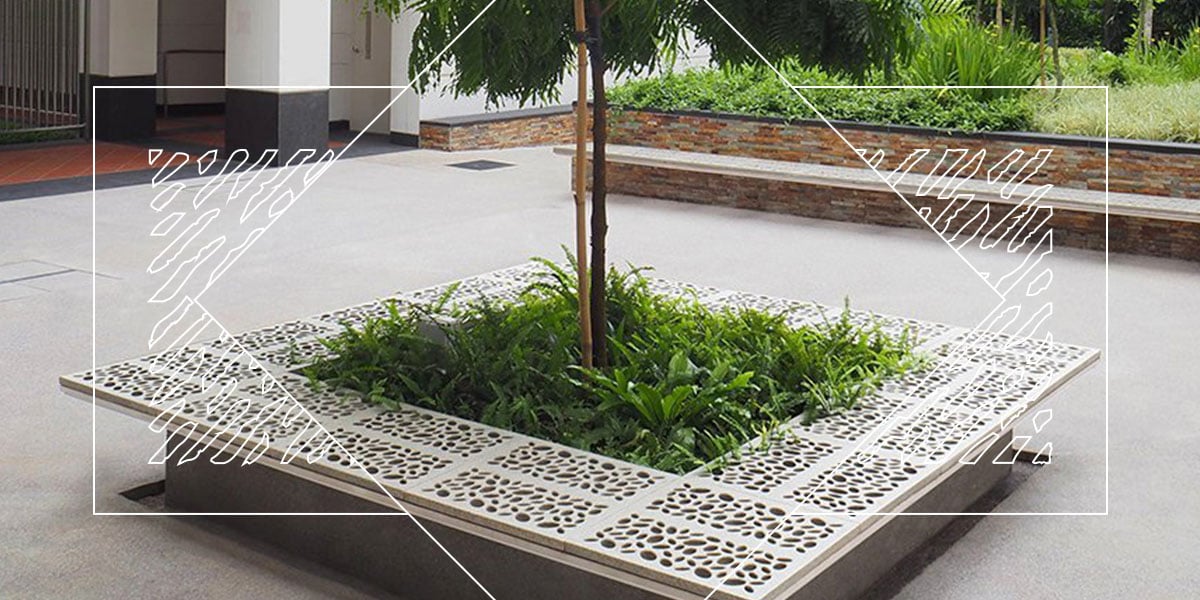A stone, or rock is a natural substance, a solid aggregate consisting of one or more minerals. Granite, for one, consists of a combination of the quartz, feldspar and biotite minerals. The mineral and metal properties found within this natural aggregate has been a vital resource since the inception of human civilisation. Throughout history, the use of rocks has had a huge impact on the cultural and technological development of humankind. The name “stone” has a history grounded in antiquity whereby stones were used for weights.
The use of stone or stone weight as an English and imperial unit of mass has a history dating back to the 16th century where England and other Germanic-speaking countries in Northern Europe made used of stones for trading purposes. Stones had a value ranging from approximately 5 to 40 local pounds (or 3 to 15 kg in present day) depending on the location and objects being weighed. The United Kingdom’s imperial system also used wool stone to indicate 14 pounds in 1835. With the introduction of metrication from the mid-19th century on, the use of stone as a unit of mass soon became obsolete. Likewise, the stone continued being used in Britain and Ireland to measure body weight until when it was prohibited for commercial use in the United Kingdom under the Weights and Measures Act of 1985. Today, an English and imperial unit of mass is equivalent to 14 pounds or 6.35029318 kg.
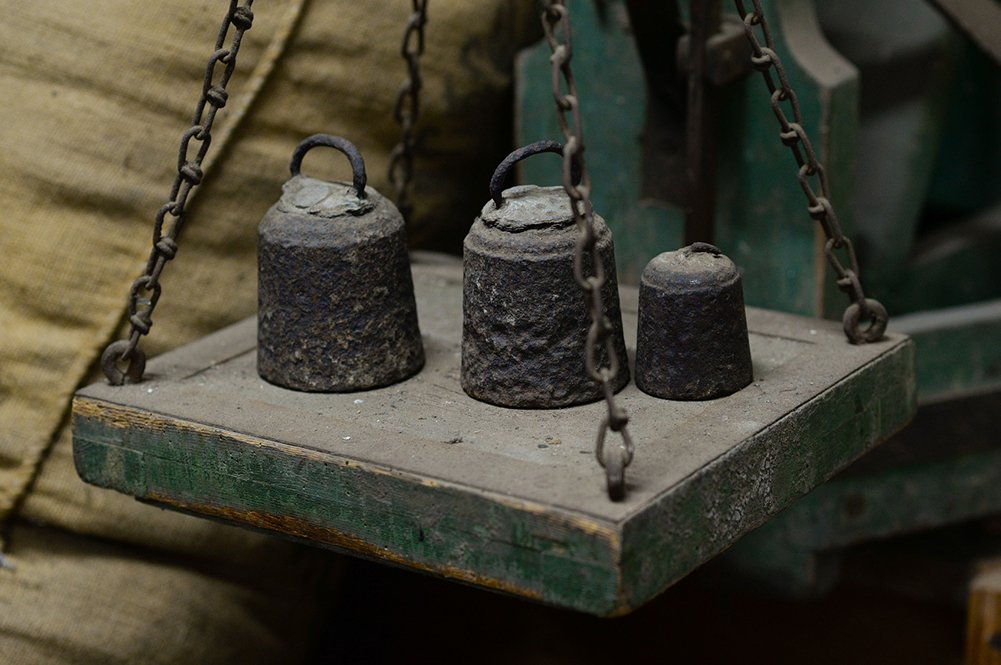
For at least 2.5 million years, stones have been used by humans and other hominids in areas such as lithic technology, one of the oldest and consistently used technologies. Lithic technology refers to the mining of rocks for their metal ore content. Rock mining is an integral aspect of human advancement and the progress of each mining process differs from the type of metals available in a particular rock of a specific region. When you buy natural marble, granite, slate and limestone, you are essentially looking at materials that have existed for as much as 300 to 500 million years. They come from various parts of the world that have been constantly shifted by continents and seas, earth movements, earthquakes and volcanic eruptions. Some may even carry the fossilised remains of shells, fish, animals and plants. While there might only be three prominent types of rocks – sedimentary, igneous and metamorphic, the form in which they have evolved into comes from a multitude of combinations and characteristics, giving the stone its enduring beauty and strength.
SEDIMENTARY ROCKS
Sedimentary rocks are formed when earth materials are washed or blown around before settling through time and under pressure to form a single stone. Limestone and travertine are but two of the impressive range of stones that can be created via this method. Certain types of sedimentary rocks such as those found in riverbeds and seabeds can be refurbished into exquisite slabs of stone that embody the unique formation and characteristics of their origins.
 The many layers that form sedimentary rocks
The many layers that form sedimentary rocks
IGNEOUS ROCKS
Igneous rocks are the result of cooled and solidified magma, the molten rock found underneath the earth surface, trapping complex and precious minerals within its structure. The crystals of igneous rocks can be seen as flowing layers or may occur randomly, both of which contribute to spectacular effects when the stone surface is cut and polished. Granite is one of the most commonly extracted materials from igneous rocks. They are rigid yet manage to provide you with an alluring work surface. The extensive spectrum of colours available with granite is thanks to the range and formation of minerals it contains.
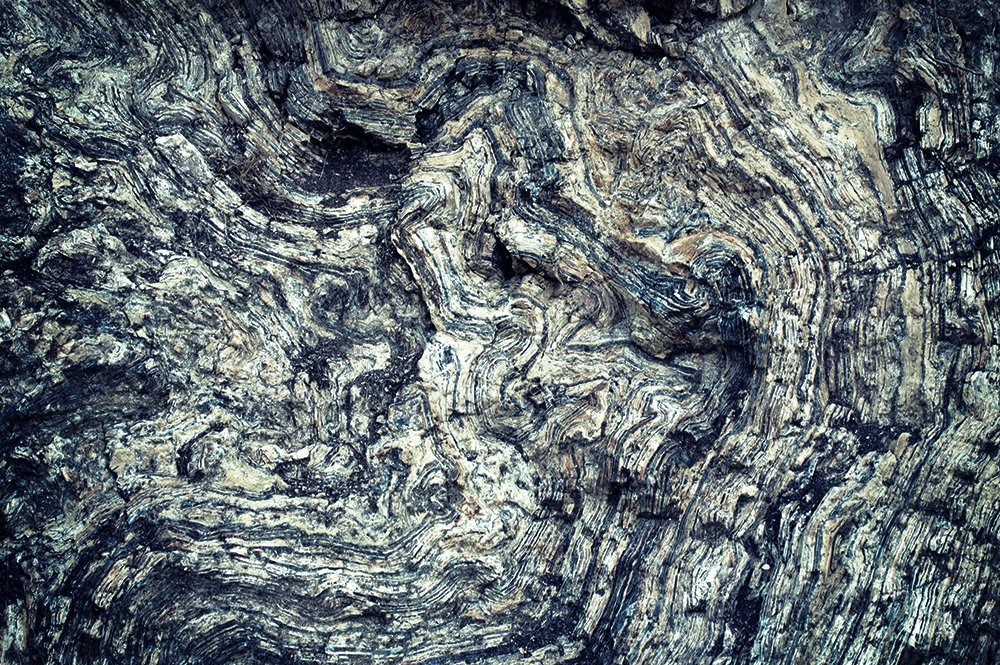 The inner structures of an igneous rock.
The inner structures of an igneous rock.
METAMORPHIC ROCKS
Metamorphic rocks are a result of sedimentary rocks or igneous rocks being placed under intense heat and pressure below the earth crust. The deeper the rock is located beneath the earth surface, the more likely it is to boast a variety of stunning colour combinations. The high-grade stone that we use comes from way under the earth surface. Metamorphic stone such as marble often exhibit striking features where it has been stretched, compressed and fractured. By contrast, slate is formed at nearer to the surface making it a lower-grade stone.
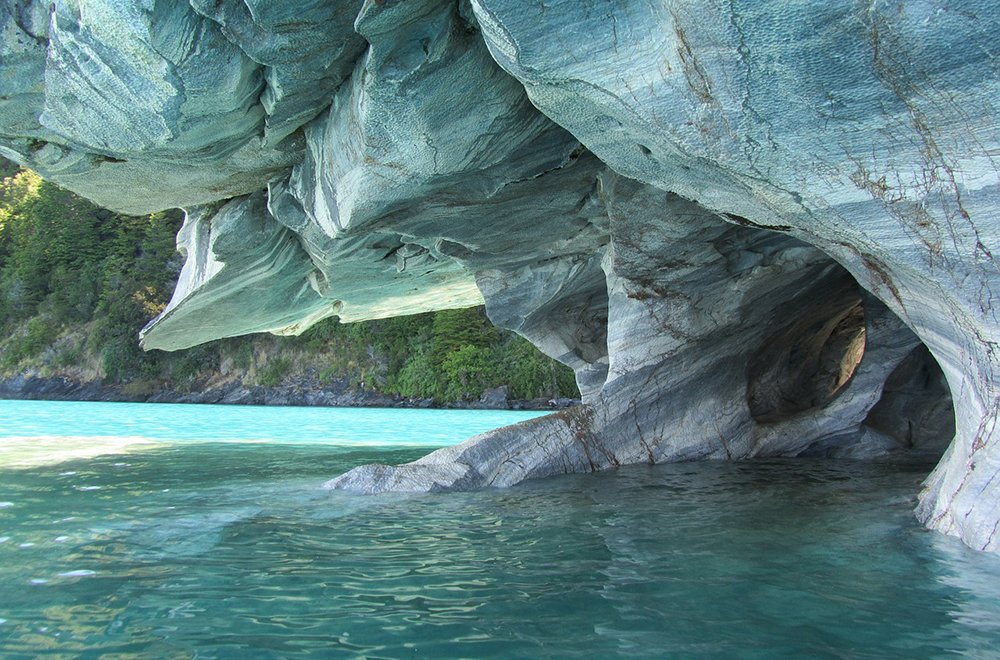 Marble caves in Chico Chile
Marble caves in Chico Chile
The myriad uses of the natural stone can be further gleaned in the first evidence of human civilisation, which dates back to more than 5,000 years ago. While many of us might struggle with comprehending the thought of 5,000 long years, the strength of natural stone has withstood the test of time and remains standing till this day.
The Egyptian civilisation is one of the earliest civilisations to have emerged since the evolution of humankind. Ancient Egypt is part of ancient Northeastern Africa. The civilisation was located along the lower reaches of the Nile River in what is known today as the country Egypt. Ancient Egyptians were known to carry out extensive quarries to build natural stone. Most of their monuments were made of granite and limestone. The Great Pyramid of Cheops, the last remaining wonder of the ancient world, was constructed around 2560 BC using massive limestone blocks. While visitors today are in awe of its size, they comment that it appears blocky and rough. The pyramids did not always look this way though. Ancient Egyptians were not ignorant to the idea of aesthetics as the structures used to be lined with casing stones to give them a smoother appearance. Unfortunately, these stones were stolen over the years to build homes and temples. The interior burial chamber, which holds the pharaoh, is constructed of granite blocks carved with so much precision that even a piece of paper is unable to slide between them even till present day.
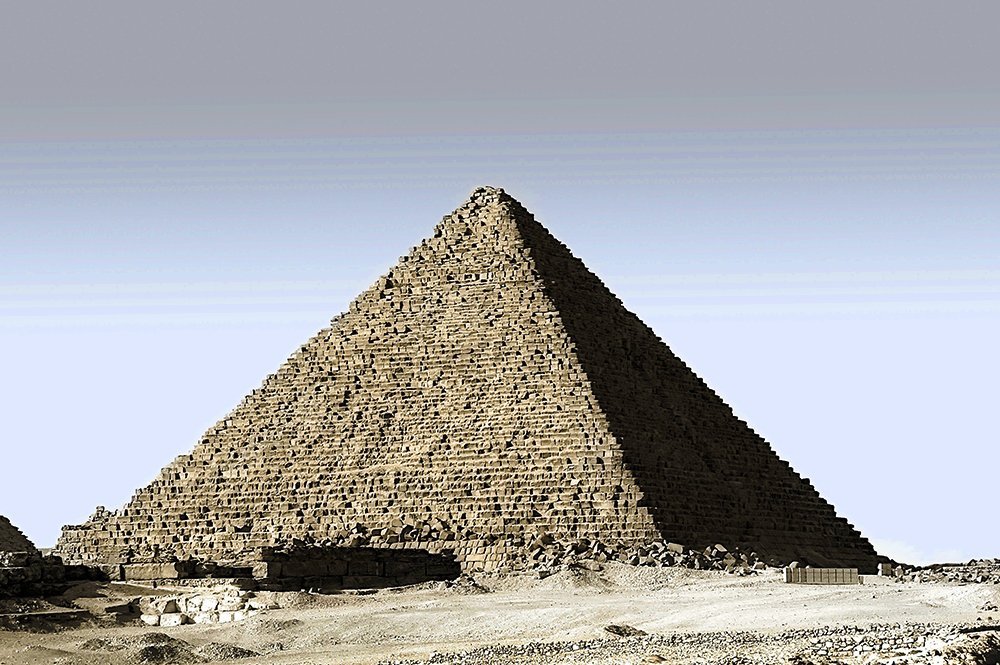 Great Pyramids of Giza
Great Pyramids of Giza
The subsequent rise of the Greek empire also brought about the use of natural stone to greater heights. Using marble, the Greeks built the Temple of Artemis, another of the Seven Wonders of the World. Boasting a total of 127 marble columns with a height of five stories each, the Temple of Artemis is regarded as one of the first grand structures to be made entirely out of marble. Sadly, only the foundation and a few columns remain today due to the aftermath of civilisations past. The Greeks went on to perfect their quarrying and shaping skills, which led to the construction of several monumental structures including the Parthenon, the Theseum, and the Temple of Zeus. In fact, the same marble used in the building of these very structures is quarried for commercial purposes under the name “Dionyssomarble”. The Greeks are also credited with bringing natural stone into the comfort of their own homes. Ancient Greek literature describes baths and pools being lined with marble. In particular, the use of commercially quarried “Thassos” marble in bathrooms is frequently mentioned in these olden day writings.
 The Parthenon, a former temple on the Athenian Acropolis of Greece. It was dedicated Athena, the goddess that the people of Athens considered their patron.
The Parthenon, a former temple on the Athenian Acropolis of Greece. It was dedicated Athena, the goddess that the people of Athens considered their patron.
Next, came the rise of the Roman empire during the first century. The Romans were reputed for building extensively with both marble and granite. They were, first and foremost, road builders who considered granite to be the best paving stone. Although quarrying granite was not easy, they continued to line many of their roads with the natural stone. Public baths were popular during the Roman empire, many of which were made of granite. Evidently, the material was also used extensively for columns as seen in the Pantheon located within present-day Rome. While the Romans adored granite for its durability and strength, they valued marble above everything else because of its beauty. Unlike the civilisations before them, the Romans constructed their structures out of brick and strong mortar before lining them up with marble slabs. This allowed them to build their infrastructures more quickly since they did not have to deal with huge blocks of heavy and marble. Their technique is still widely practiced across the world today in the construction of state buildings, museums, and monuments. Even though the Romans quarried marble and granite from all over the country, they found Greece to be the source of where the most beautiful marble came from. They were particularly enamoured by the beautiful green colour of the marble Cipollino of Karystos, which continues to be manufactured till this day.
 The Colosseum, an amphitheatre built in the middle of Rome, Italy.
The Colosseum, an amphitheatre built in the middle of Rome, Italy.
The Renaissance period also saw the advent of better quarrying and fabrication techniques. This allowed marble and granite to be used more extensively within homes in addition to public areas like churches, palaces, and monuments. Natural stone remained a common fixture in bath areas and flooring during this era but it was not until recent times that it came to be featured in kitchens.
The use of stone in ancient times was not constrained to building structures. The Romans, engineered the Cloaca Maxima drainage system, which was widely regarded as an engineering marvel well ahead of its time. It was constructed through a system of pipes and aqueducts to manage the water supply and sanitation. As with every functioning drainage system, there was a demand for trench drain grates. These were similarly constructed from stone materials.
IMPACT ON JONITE
The past has had a great deal of impact on Jonite’s products today. We were inspired by the long tradition of using stone to create drain covers – much like our predecessors thousands of years ago. At Jonite, we understand that every single quarry or source produces a varying number of colours and veining of the marble, granite, slate or whichever stone is extracted. It is thus impossible for every stone to look similar in appearance, as each type possesses its own set of unique qualities. With this information in mind, Jonite pioneered the world’s first decorative stone grating where the function of steel grates is retained while achieving the form of natural stone. We provide detailed and exquisite craftsmanship that will elevate the architectural aesthetics of a landscape by designing durable and long-lasting trench drain grates that blend seamlessly into any flooring. Our grates are made from 95% natural aggregates, and the advanced hybrid polymers within the stone grates create a luxurious and natural feeling to touch, providing an added level of comfort to living spaces through our uniquely crafted stone grates.









